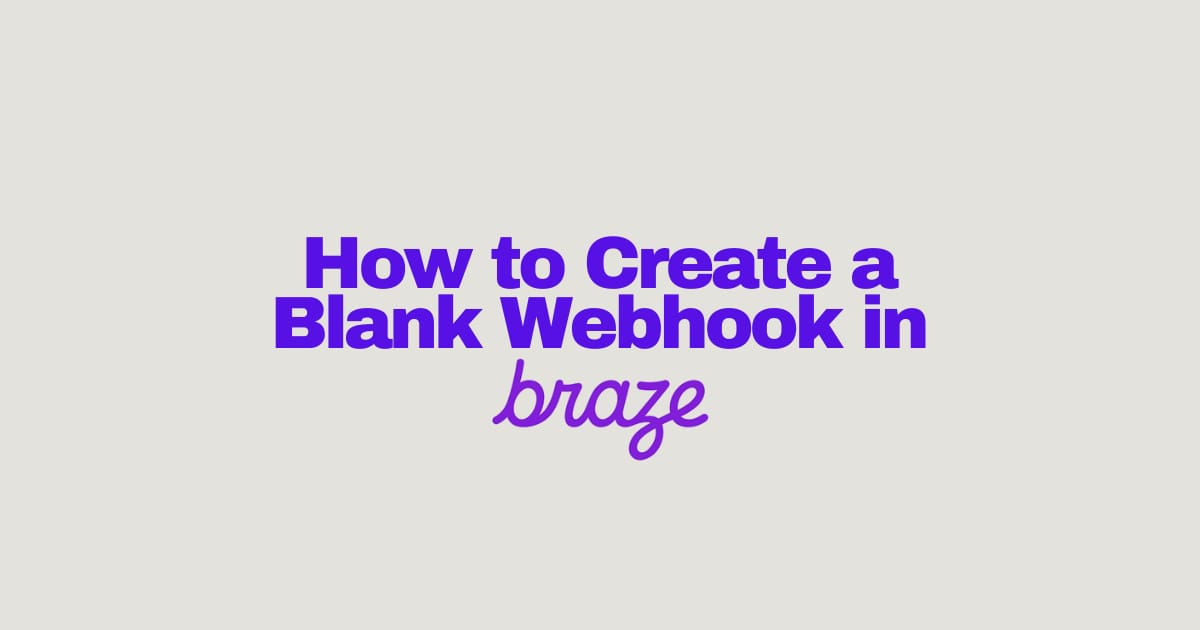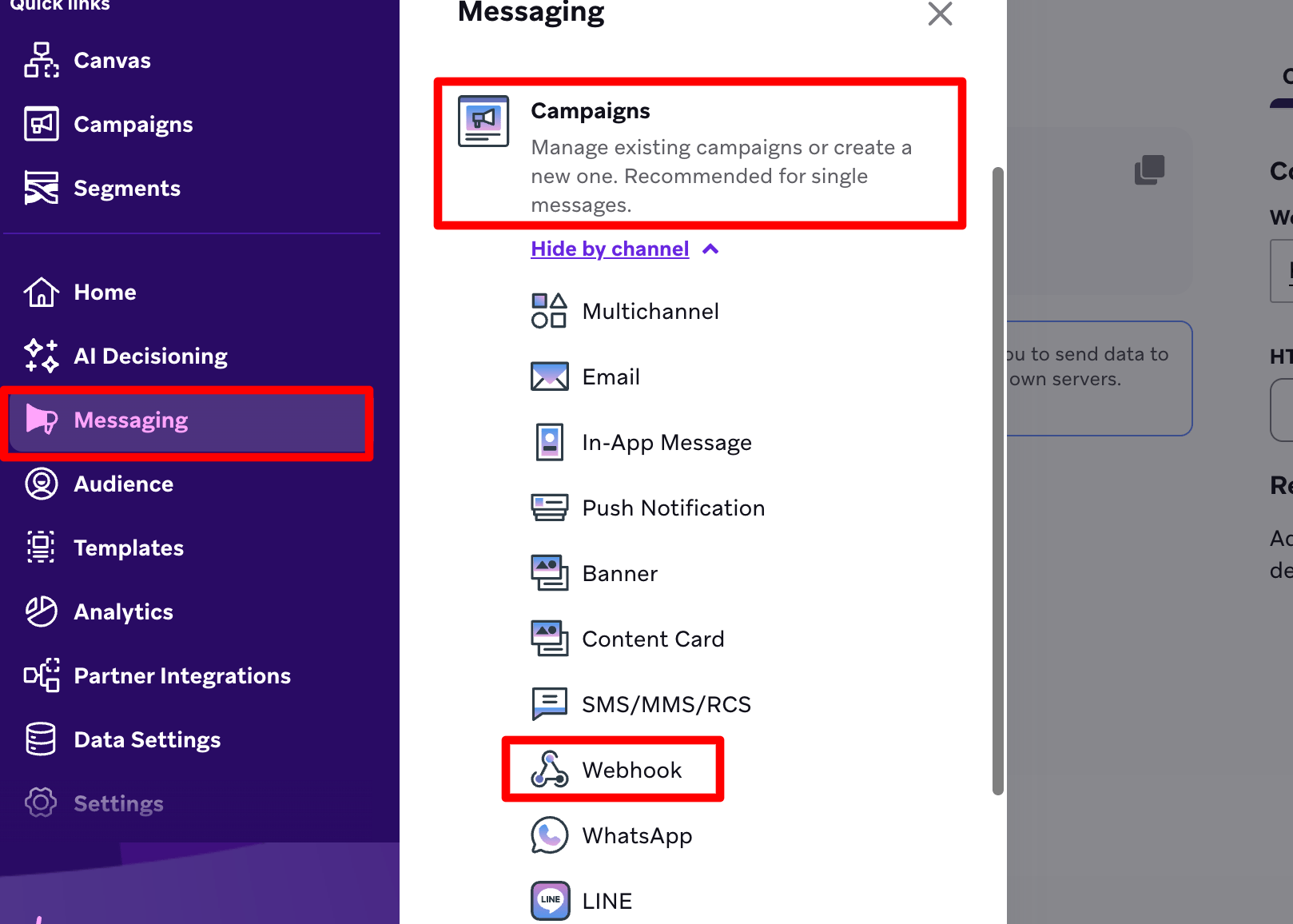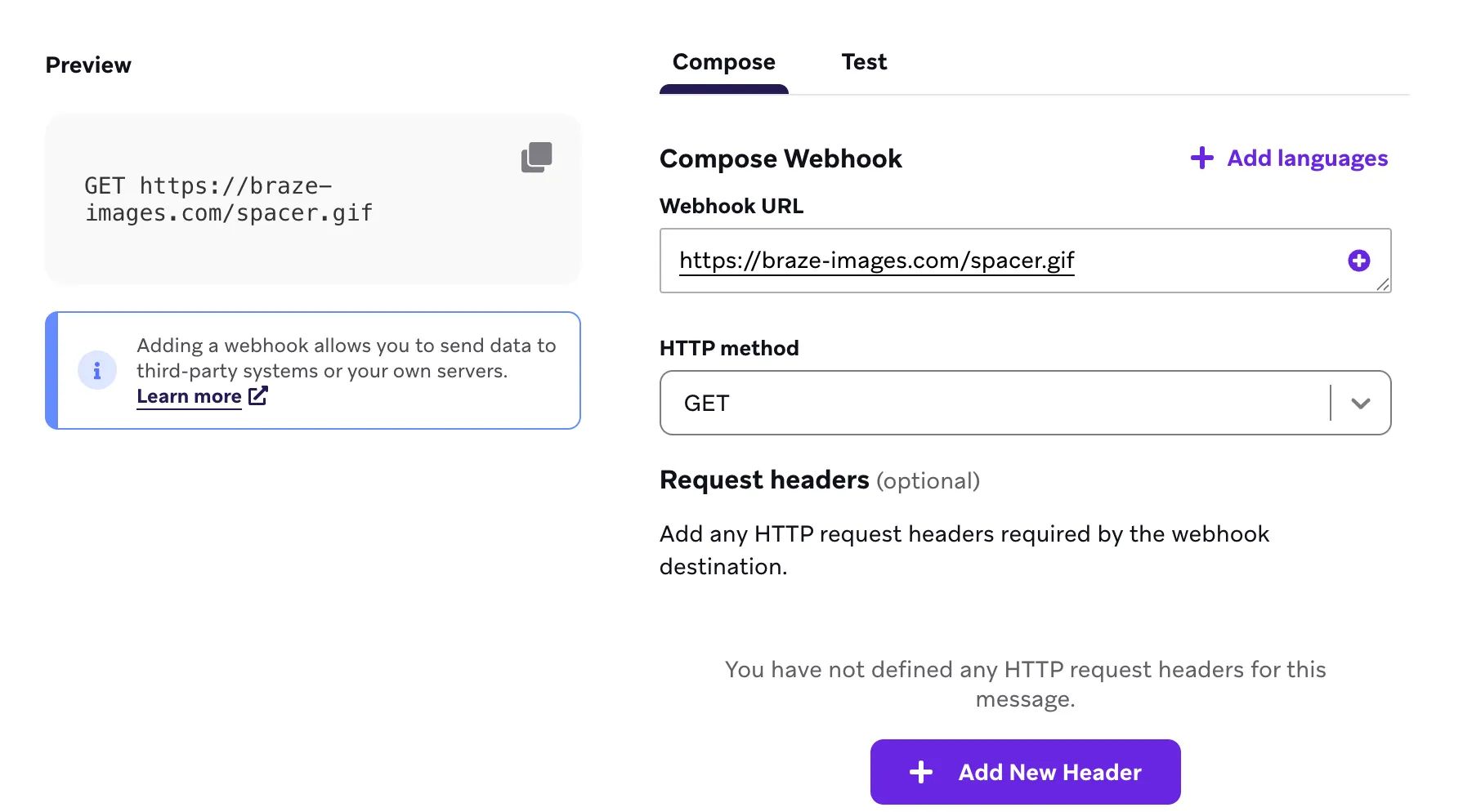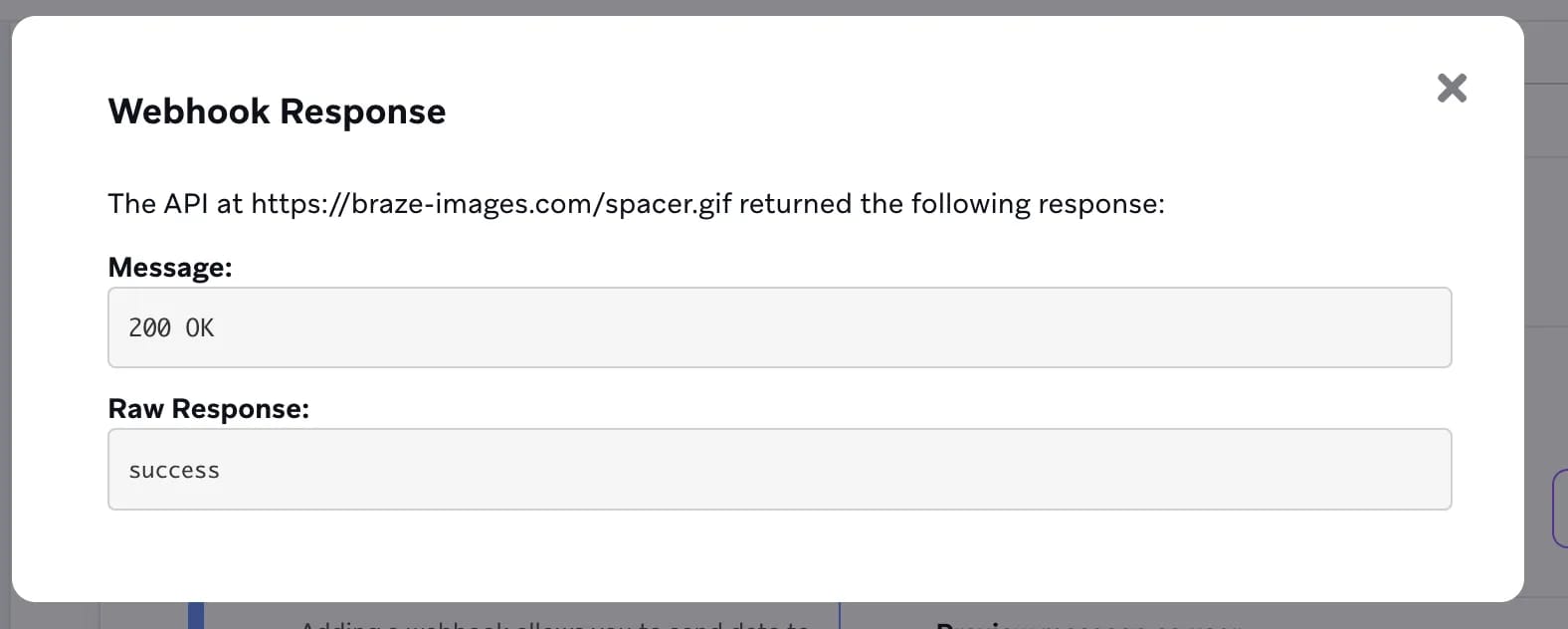- Lifecycle Mechanics
- Posts
- How to Create a Blank Webhook in Braze
How to Create a Blank Webhook in Braze
Webhooks aren’t just for engineers. Here’s how to test them safely in Braze.

If the word webhook makes your brain say, “That’s IT’s problem,” you’re not alone.
Most marketers avoid them because they sound too technical, full of code, APIs, and things we’d rather not break.
However, once you understand what they do, webhooks become one of the simplest and most powerful tools for lifecycle automation.
Today’s issue breaks it down simply:
What a webhook really is (in plain English)
How to safely test one in Braze
And a step-by-step guide to create your own blank webhook for QA
💡 Note: The screenshots and steps in this guide use Braze for clarity, but the same concept applies to any marketing automation platform, like Salesforce Marketing Cloud, HubSpot, Iterable, or Klaviyo.
Once you understand how a blank webhook works, you can replicate this setup in nearly any tool.
How to Create a Blank Webhook in Braze (for Testing and QA)
Deep Dive
What’s a Webhook?
A webhook is just a bridge that lets Braze talk to another system automatically.
When something happens (like a user signing up or completing a purchase), Braze can instantly “ping” another app with that info - like saying:
“When X happens here, tell Y over there.”
“Hey, Stripe, this customer just bought something - update their payment record.”
“Hey, Slack, send a message to the #sales channel, a new signup came in.”
Step-by-Step: How to Create a Blank Webhook in Braze
Go to Messaging → Campaigns → Create Webhook (or just add a Webhook step inside a Canvas).

How to create your blank webhook
2. Compose a Webhook from Scratch
Click “Compose Webhook from Scratch.”
In the Webhook URL field, enter:
<https://braze-images.com/spacer.gif>This Braze-owned URL safely returns a 200 OK response - perfect for testing.
3. Set HTTP Method
Choose GET.
It requests data instead of sending it, keeping your test clean and non-intrusive.

Adding Webhook URL and HTTP method to your blank webhook
4. Add Headers (Optional)
If your real webhooks use authentication or custom headers, you can add them here to validate the setup.
Example:
Content-Type: application/json
X-Braze-Test: true5. Review Delivery Logs
Send a test or trigger the webhook via Canvas.
Status: “Sent” or “200 Success” or “200 OK”
Response: Empty but successful
If you see all these, your logic is solid.

Successful blank webhook response
Why This Works
Using https://braze-images.com/spacer.gif gives you:
A guaranteed safe URL with 100% uptime
A quick “success” signal to confirm timing
No risk of touching live data or APIs
Pro tip:
You can save your webhook as a template too. Templates > Webhook Templates. Once its saved, you can easily pull them in your canvases when needed.
If you found this helpful, forward it to your team or friend who still calls webhooks “developer things.”
Share with your team: https://www.lifecyclemechanics.com/subscribe?ref=PLACEHOLDER
Did we add any value today? |